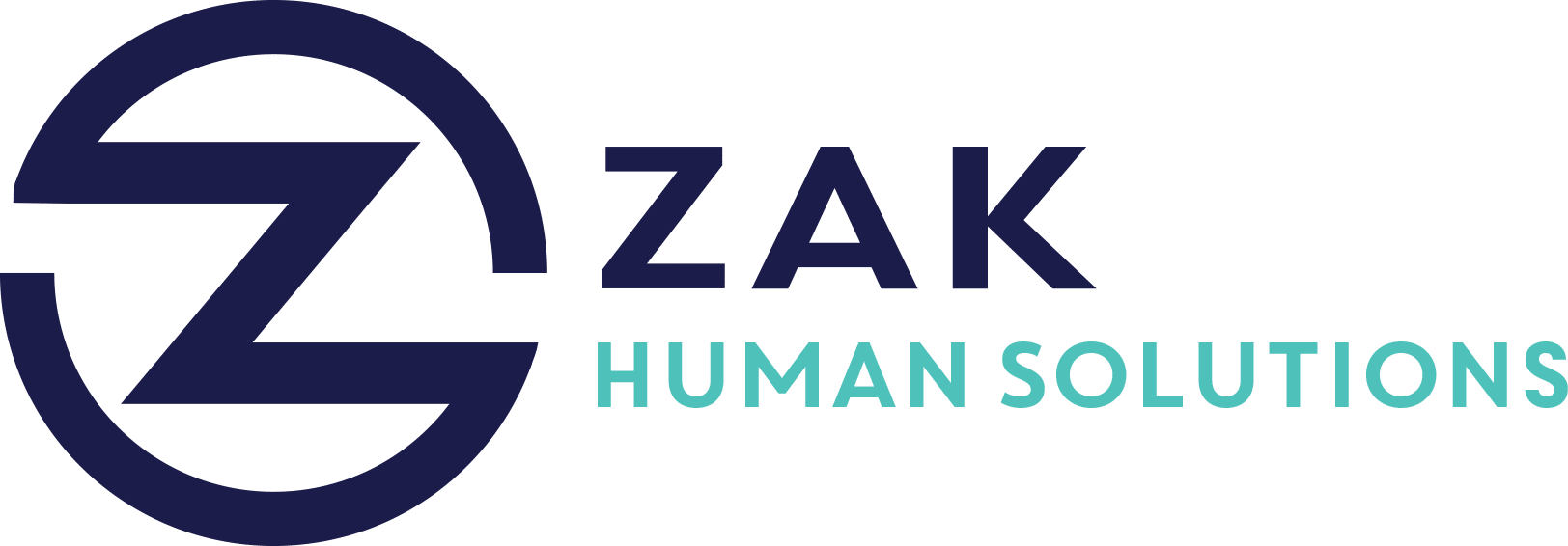Key Takeaways
- Reskilling is essential: AI and digital transformation demand reskilling to adapt to changing job functions and leadership strategies.
- Benefits of reskilling: It reduces turnover, boosts engagement, increases productivity, and provides a competitive edge.
- Preparing for shifts: Proactive reskilling helps adapt to industry disruptions, reducing reliance on external hiring.
- HR’s pivotal role: HR leaders must guide organizations in embedding sustainable talent strategies.
- AI as a partner: AI can enhance workforce planning and optimize talent allocation, rather than replace employees.
- Long-term ROI: Investing in reskilling leads to measurable business benefits and supports long-term success.
In today’s rapidly evolving business landscape, reskilling has become not just an option but a necessity. As AI, automation, and digital transformation continue to reshape workplaces, organizations must prioritize reskilling to remain competitive and future-proof their workforce. This article delves into the importance of reskilling, its benefits, and the strategic role HR leaders and AI play in this significant transition.
Embracing Reskilling in the Modern Workplace
Why Reskilling is Essential
The workplace environment has seen tremendous changes, transitioning from traditional in-person meetings to digital communications like Slack and AI-driven tools. This transformation demands a significant shift in job functions and leadership strategies. Therefore, reskilling is no longer optional; it is a strategic necessity that enables businesses to adapt to these changes and continue growing.
The Remarkable Benefits of Reskilling
Boosting Engagement and Reducing Turnover
- Lower Turnover Rates: When employees perceive a future with the organization, they are more likely to stay. This stability not only supports business continuity but also saves costs related to frequent hiring.
- Increased Engagement: Offering continuous learning and development opportunities nurtures a culture of innovation and adaptability, keeping employees motivated and engaged.
- Enhanced Productivity: By leveraging technology such as AI-powered tools, employees can shift focus from mundane tasks to higher-value activities, boosting overall productivity.
- Gaining a Competitive Edge: Organizations proactive in reskilling are better positioned to outlast competitors who cling to antiquated talent management strategies.
Preparing for Industry Shifts
The ability to swiftly adapt to industry disruptions is a significant advantage of proactive reskilling efforts. Companies that commit to upskilling existing employees can minimize reliance on reactive hiring, preventing skill gaps and ensuring a more agile, cost-effective workforce.
HR’s Essential Role in Reskilling
Guiding Organizations Towards Sustainable Talent Strategies
HR leaders hold the crucial responsibility of embedding sustainable talent strategies within organizations. Through collaboration in budget planning and future workforce assessments, HR departments can identify critical skills and ensure that talent aligns with long-term business objectives. This approach helps anticipate rather than just react to changes, which is integral for organizational success.
AI as a Collaborative Partner
Enhancing Workforce Planning and Talent Allocation
While some fear AI may replace jobs, the reality is that AI can supplement human capabilities. AI-driven insights can optimize talent allocation, career development, and even hiring decisions, enhancing workforce planning rather than eliminating positions. Treating AI as a partner can unlock a workforce’s full potential, when strategically integrated with reskilling efforts.
Invest in Reskilling for Long-term ROI
Investing in reskilling yields measurable business benefits and supports sustainable growth. As businesses integrate AI and foster adaptive work cultures, the long-term return on investment becomes clear. The real question organizations must ask is whether they are prepared to lead the charge in reskilling, ensuring a robust future workforce, or if they will wait for inevitable disruptions to force their hand.




